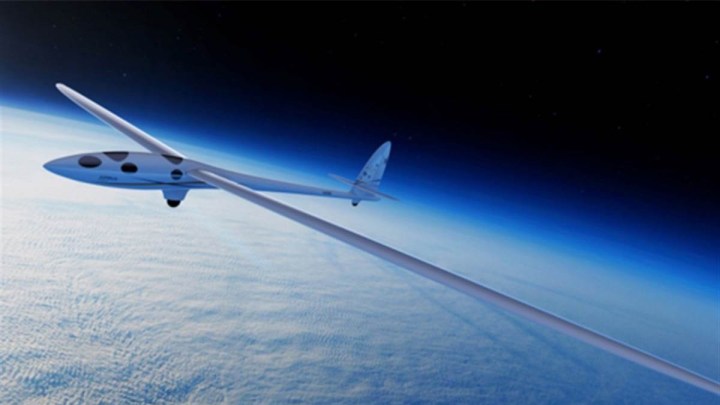
With the unique air currents provided by the mountains in the Andes mountain range, the Perlan 2 is expected to soar to a height of 55,000 feet if conditions are favorable. The plane will ride the stratospheric mountain waves caused by the polar-night jet stream, a high-altitude jet stream that is present during the Southern Hemisphere’s winter season. These waves form when the wind blows over the mountaintops and suddenly propels upwards to space. A glider flying in this air flow would rise rapidly into the stratosphere, setting a new wold record, and surpassing the 50,722-foot mark previously set by American adventurer Steve Fossett in 2006. Fossett reached that milestone in the previous Perlan 1 model, which was a conventional glider modified for high-altitude flight.
Besides its high-flying achievements, the Perlan 2 glider will double as a weather station, with instruments capable of recording important atmospheric and climactic data. Because it can fly at the edge of space, the plane will be able to collect data about the troposphere, the stratosphere, and how these two lower layers of the atmosphere interact. It also gives scientists a chance to study unique phenomena like the stratospheric mountain waves and polar stratospheric clouds, which are of interest to climatologists because these clouds deplete ozone.
The Perlan glider includes several bays that can support up to four CubeSat projects at a time. The Perlan project made these bays available to the Teachers in Science initiative, a nonprofit organization that encourages students to pursue experiments in science, technology, engineering, and mathematics. The organization held a competition that asked students to design CubeSat experiments for stratospheric studies, and selected nine winners who will use the bays in upcoming flights.
After these Argentinian trials are over, the Perlan team will return to its home base in Nevada and analyze they data collected during the flights. Information gathered on the plane’s performance will be used to tweak the glider and prepare it for flying up to 90,000 feet in the team’s second season in Argentina. Researchers plan to use the Perlan 2 as a high-flying laboratory capable of collecting atmospheric data for long-term studies that encompass seasons, years or even decades. Over time, this data could be used to explore how the stratosphere affects our weather conditions on both a short- and long-term basis.
Editors' Recommendations
- TCL sets summer launch for world’s first TV with THX Certified Game Mode
- FuboTV set to stream every game of the 2019 FIFA Women’s World Cup in 4K




